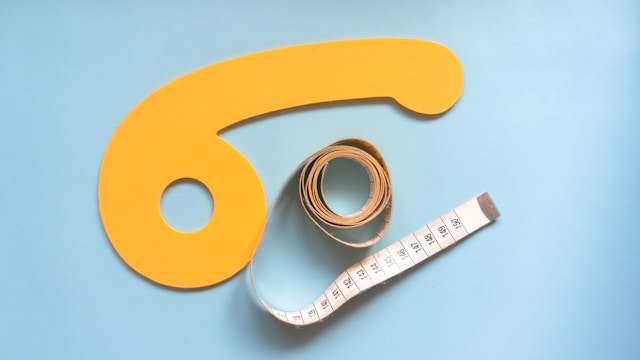
The quest for the perfect hem solution often leads fashion enthusiasts and sewing fans to the convenience of temporary hem tape. This adhesive marvel promises an easy fix for hems, offering a quick and seemingly enduring solution. However, the longevity of the holder is not just a matter of sticking it on and forgetting about it. It’s influenced by a tapestry of factors, including fabric type, application finesse, and the wear and tear garments endure. So, this article delves into these aspects, unravelling how they each are pivotal in extending the lifespan of temporary hem tape applications.
Fabric Fundamentals: The Foundation of Hem Tape Efficacy
The fabric choice is the first determinant in the equation of the item’s durability. Not all materials are created equal in adhesive eyes; some provide a stronghold for the item, while others are akin to a non-stick surface. Lightweight, porous fabrics such as cotton and linen offer a conducive environment for the adhesive to grip effectively. On the contrary, synthetic blends and fabrics with a high degree of slickness or texture, like silk or heavily treated wool, challenge the tape’s ability to adhere. Understanding the inherent characteristics of fabric types is crucial in predicting the performance and durability of this holder.
Mastery Over Method: The Crucial Role of Application
The technique used in applying it can make or break its effectiveness. Precision in alignment and pressure application are paramount. A hasty or uneven application can lead to adhesive failure, especially under the stress of movement. Ensuring that the tape is securely in place, without any bubbles or wrinkles, forms a seal that’s more resistant to the rigours of wear. Moreover, the conditions under which it is applied—free of moisture, oils, or any residue—further influence its sticking power.
The Trials of Tread: Wear and Tear Considerations
The daily adventures of a garment affect the staying power of these holders. Frequent movements, such as bending, walking, or stretching, test the tape’s resilience. The bond between fabric and adhesive is subjected to constant stress, which can lead to peeling or complete detachment. Moreover, the environment plays a role; exposure to heat, moisture, or friction can accelerate wear, challenging the durability of this accessory.
Laundry Lore: The Impact of Cleaning on Adhesive Longevity
The method and frequency of laundering profoundly affect its lifespan. Water temperature, the harshness of detergents, and the choice between hand washing and machine washing are pivotal factors. Generally, gentle hand washing in cold water with mild detergents is recommended to preserve the adhesive’s integrity. High heat and vigorous machine cycles can weaken the bond, leading to a shortened helpful life for the accessory.
Reapplication Rituals: Extending Product Life Through Maintenance
Understanding that this item is a temporary solution is critical to its longevity. Regular inspection and prompt reapplication at the first sign of wear can significantly extend a garment’s neat appearance. This maintenance strategy ensures that the hem remains secure and the garment functional, preventing any potential wardrobe malfunctions.
Innovations in Adhesive Technology: A New Era for Hem Tape
Advancements in adhesive technology have presented a new generation of designs in this product that boast improved durability, fabric compatibility, and resistance to wear and tear. These innovations promise a longer-lasting solution, bridging the gap between temporary and semi-permanent methods. Staying informed about these developments can provide access to superior-performance products.
Integrating temporary hem tape into garment care routines offers a practical solution for hemming needs. However, its effectiveness and durability are not solely reliant on the product. Still, they are significantly influenced by the fabric it adheres to, the precision of its application, and the conditions under which it is worn and cared for.



